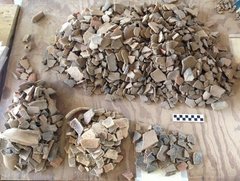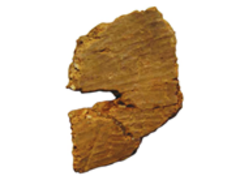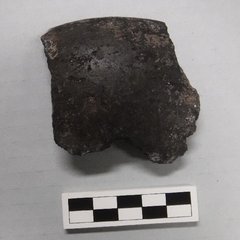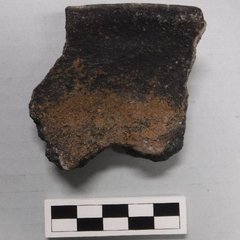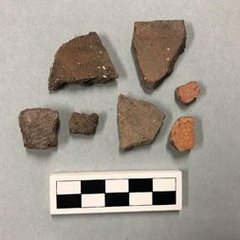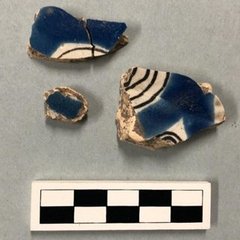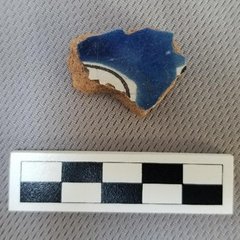For the second week of Texas Archaeology Month, we would like to shine a light on one of the most abundant artifacts archaeologists find at this site and many others: ceramics.
What are Ceramics?
Ceramic objects are made by creating mixtures, called pastes, of clay, temper, and water and then shaping them into specific forms. Temper is a material added to the clay to aid in the firing process by preventing cracking and shrinkage. Many different non-plastic materials have been used as temper through time, such as crushed animal bone, sand, shell, ash, various types of rock, and even plant fibers. The clay mixture is shaped and left to dry, then hardened through a process called firing, which heats the clay to a very high temperature and removes water from the clay.
There are multiple methods of decorating ceramics. Prior to firing, the ceramic object may be decorated by incising, gouging, or creating impressions on the clay. A very popular decorative technique that occurs before firing is called glazing. Once the ceramic is removed from the kiln, the glaze is glossy and hardened. Other decoration techniques, such as painting, occur after the firing process is complete. Many ceramic objects, especially utilitarian pieces, may remain undecorated.

